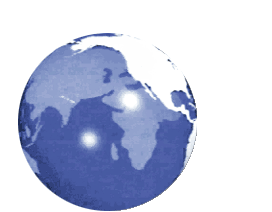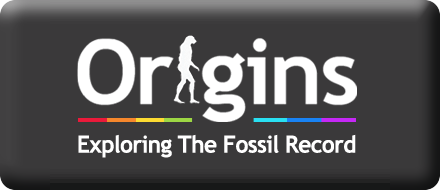 |
 |
APPENDIX 2 - TWYFELFONTEIN SITE REPORT BY SVEN OUZMAN |
10/18 |
| |
|
Site 10 – Twyfelfontein Main Site Complex |
Die Rechte Talseite
Site E on Scherz’s Map (E in
Figure 14)
S 20° 35’ 51’’ / E 14° 22’ 30”
Site Description
This ‘site’ is, in fact, a scatter of engraved rock blocks on the northern side of the seasonal river that bisects the Twyfelfontein Main Site Complex. In other words, on the left of the river looking up the valley slope or right of the river course as the river flows. The terrain is steep – ranging between 620 – 660m contours - and is characterised as a giant jumble of large and medium rocks. View is very localised and to the west.
Associated Archaeology
Because of the steepness, water action (which is severe when the river is in spate) and impact of visitor’s visiting the famous Löwenplatte, the surface archaeology is very disturbed and by no means in situ. There are, however, many stone tools visible.
Description of Die Rechte Talseite’s rock art
This part of Twyfelfontein is dominated by Bushman rock engravings (75) that are found on about 15 rocks. The most notable engraved pulses are:
Löwenplatte: This is perhaps the best known engraved imagery at Twyfelfontein (
Figure 97) and consists of the famous 700mm x 600mm lion whose feet and impossibly long 480mm tail end in lion pug marks, which are shown in twisted perspective. Further ‘non-real’ elements include the 6 toes on the tail’s terminal pug mark. In the mouth of the lion there is an antelope, though this may be the result of engraved superpositioning. On the same expanse of engraved, near-vertical rock block – located at the foot of the Riesenblock – there is a pecked-infill leopard-like animal, a large partial pecked-infill giraffe, 3 partial pecked-infill rhinoceros (one with a wiggly horn), 18 antelope and equids, a possible fourth rhino in pecked-outline and two ostriches.
Löwenplatte: There are two very odd, rudimentary pecked-outline giraffe here (one covered partially by sand); similar to the ‘??seals’ of Dr Scherz at Site 11. There are also an elephant and human footprint engravings. Three oryx, ostrich and a possible sable antelope are also present on this diverse image cluster. On a nearby smaller rock block are a very nice tail and head of a black rhino and 5 rough pecked-outline circles. Another good but old and patinated rhino and antelope spoor engraving. Nearby is a very weathered vertical image cluster on which there is a row of pecked-infill and round-bodied ostrich, antelope and a detailed maned zebra.
Cave-like shelter: A short way (20m) upslope from the vertical and round-bodied ostrich image cluster there is a cave-like space in which 5 giraffe have been engraved, including one with an exceptionally long neck (420mm of 710mm body). There are also 3 equids and one recent attempt to engrave what looks like an ostrich.
Sloping rock: Low down and in the watercourse on a large rock block with upper, sloping section engraved. Here there is a collection of 1 pecked-outline and 4 pecked-infill giraffe, 5 human footprints (3 in pecked-infill), 2 very fat pecked-infill ostrich and 2 slimmer ones, a fat equid, perhaps with a foal, an antelope spoor and 4 other animals.
Other imagery: These are located upslope on isolated rocks and include engravings of giraffe, a good pecked-outline elephant, human footprints and some antelope spoor, zebra, oryx, rhino, springbok and giraffe spoor.
Threat(s) to site: On the north side and south top end of the Löwenplatte the rock is flaking. Also, because of the narrow stair entrance up to the panel, damage is caused to the famous panel as well as adjacent engraved rocks.
→
A Survey into the Relationship between
Animal-Engravings & Cupules
→
The Rock Art of Twyfelfontein
→
The Rock Art of Namibia
→
The African Rock Art Archive
→
Bradshaw Foundation
Like us on Facebook & Follow us on Twitter to receive news & updates:







